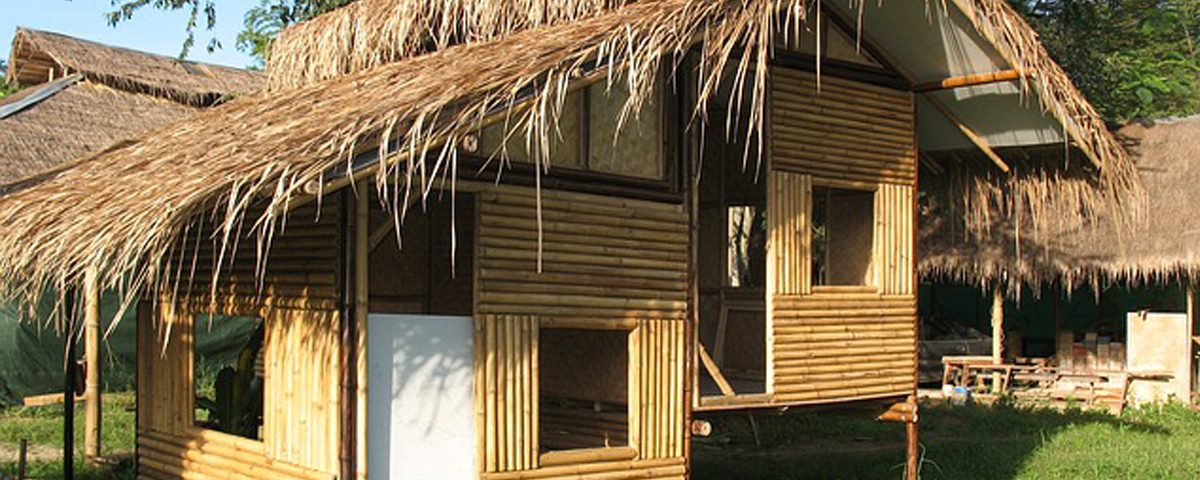BAMBOO: THE ULTIMATE SUSTAINABLE CONSTRUCTION MATERIAL

ECO-HOUSING TRENDS
12 August 2019
BIG ENERGY SAVINGS WITH PLASTIC
8 October 2019Bamboo is coming back into a trend because of the global drive towards sustainability, and it is natural that you are thinking of incorporating this eco-friendly material into your home. Let us tell you more about using bamboo as the ultimate sustainable construction material.
Even though it can seem such a big change, you can start by replacing some major plastic products for bamboo alternatives, and then move onto bigger structural changes. Rest assured, bamboo is not going to disappoint you, provided you keep the above discussion into consideration.
Bamboo can be used to make all the parts of a house other than the fireplace. In most cases, however, bamboo is combined with other building materials such as wood, clay, lime, cement, galvanized iron, and palm leaves, according to their relative efficiency, availability, and cost.
The use of bamboo as a building material, whether primary, secondary, or occasional, is common in areas where adequate bamboo grows in sufficient quantity.
The importance of bamboo products in any given region usually depends on the area’s economic levels and their awareness of sustainability. Is housing sustainability something you care about?
Benefits of using bamboo construction
Besides, there are multiple benefits of using bamboo for housing.
- The natural units, rods or bamboo canes, are of similar lengths and forms that make them manageable, storable and systematized, conveniently and economically.
- The canes have a characteristic physical structure that provides them with high resistance in relation to their weight. They are round or almost round in their cross-section, usually hollow, and with rigid transverse partitions, strategically placed to avoid breaking when bending. Because of this build, they can act more efficiently, providing mechanical strength and forming a firm and resistant shell.
- The texture of the canes make it easy to cut them by hand into short pieces (sawing or cutting them), or into narrow strips (splitting them). No expensive machines are needed, just simple tools.
- The natural surface of many bamboos is clean, hard and smooth, with attractive color, once the canes have been conveniently stored and matured.
- Bamboos have little waste and no bark to eliminate.
Considerations of using bamboo construction
While using bamboo for housing you should consider the following:
- In regions where bamboo grows, the climate is generally warm and humid, and your house needs walls of low thermal capacity and designs that allow cross ventilation. Bamboo constructions fully satisfy these requirements, which explains their use in hotter areas around the world.
- The bamboo walls cannot be built to be airtight and leak-proof, so cross ventilation is inherently provided, providing a pleasant and moisture-free environment.
- The flexibility and high resistance to stress make the bamboo wall highly resistant to earthquakes, and in case of collapse, its lightweight structure causes less damage, and reconstruction is quick and easy.
- Specialized labor is required to work with bamboo, but in areas where bamboo grows such labor is traditionally available.
- The biggest disadvantages are due to its relatively low durability (due to the possibility of pest attacks), and low resistance to hurricanes and fire, so some protection measures are essential.
Bamboo is an unbeatable plant that has been used since ancient times for various purposes. In today’s world of plastic and steel, bamboo continues to grow in its importance as a housing material.

